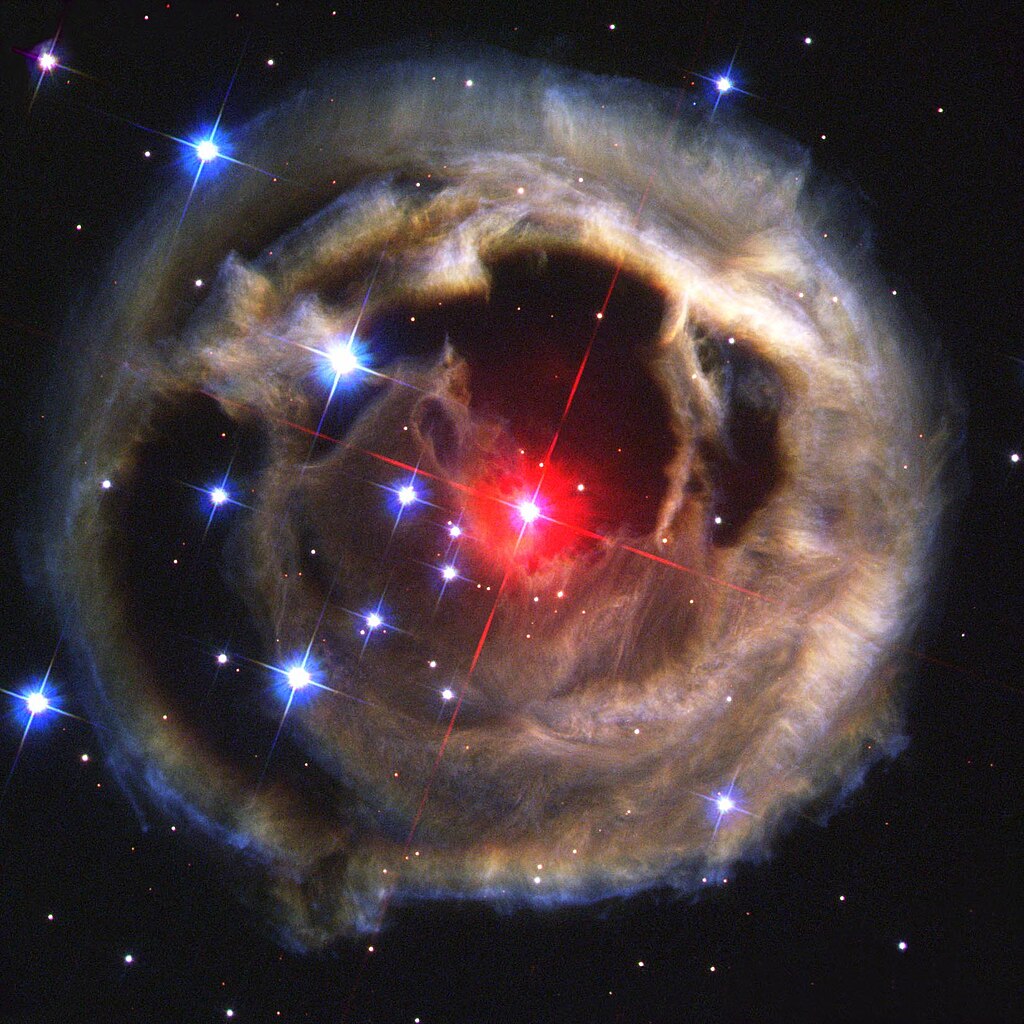Thank you Ann, and Chris for the Wikipedia link. Yes, the naming convention is indeed a mess! From Wikipedia:Ann wrote: ↑Tue Jul 18, 2023 3:41 am"CW" just means that this is a variable star in constellation Leo, and it is not the first variable star discovered in this constellation - far from it!johnnydeep wrote: ↑Mon Jul 17, 2023 8:49 pm Lots of VERY interesting background galaxies stealing the show, IMO, and conveniently arrayed all around it, like fireflies around a camp fire!
But a basic question: what does the "CW" mean in CW Leonis? What's the convention being followed here?
The first discovered variable star in a constellation gets the letter "R", followed by the constellation name in genitiv form. One example is R Corona Borealis. The next letter for a variable star in a constellation, after R is taken, is S, as in S Monocerotis. Then we have T, as in T Lyrae.
There are variable stars with designations beginning on U, V and W too, although I can't remember one beginning on Z.
After these letters are used up, variable stars get double-letter names, as in AE Aurigae. Even novas can get double-letter names like these, such as GK Persei.
Read about the naming of variable stars here.
Ann
And this convention applies PER CONSTELLATION, right? The Wikipedia link didn't make that clear, but I suppose it has to be that way or else we'd quickly be into just the Vnnn designations by now!The current naming system is:[1]
- Stars with existing Greek letter Bayer designations are not given new designations.
- Otherwise, start with the letter R and go through Z.
- Continue with RR...RZ, then use SS...SZ, TT...TZ and so on until ZZ.
- Use AA...AZ, BB...BZ, CC...CZ and so on until reaching QZ, omitting J in both the first and second positions.[2]
- Abandon the Latin script after 334 combinations of letters and start naming stars with V335, V336, and so on.
- The second letter is never nearer the beginning of the alphabet than the first, e.g., no star can be BA, CA, CB, DA and so on.
